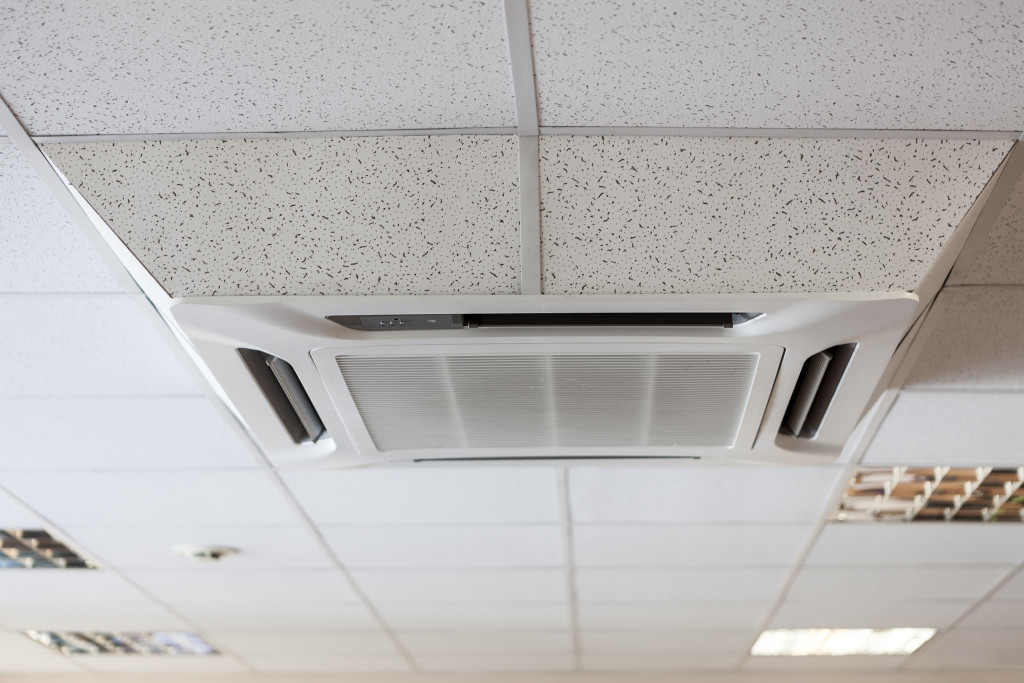Compressed air has become a staple tool in multiple industries, from manufacturing to fabrication, repair and cleaning, and even in the processing of consumer goods and in agriculture. But in order to have a fully-functional compressed air line systems, you mainly need an air compressor and the proper pipes.
Your compressed air system’s functionality (and your operations, if you’re using it to offer services) rely heavily on the piping used in your system. Choosing the wrong material would not only have you end up with a faulty system; the repercussions are costly and could potentially cause damage or injury.
Learn the common materials used for piping and see which would work well with your compressed air line system
Iron Pipe. Iron piping is the traditional and one of the most common piping used in compressed air systems and could either be black or galvanized. Iron piping is durable and inexpensive, but it’s heavy (making it harder to handle) and corrodes and rusts when used with air and water. Black piping is uncoated (as compared to galvanized piping) and is the variant being recommended for compressed air, but it can produce rust that could damage equipment.
Copper Pipe. Copper pipe is used with clean air but requires some skill when soldering and installing. Copper does not corrode or rust when used with air and water.
Stainless Steel. Stainless steel piping has the durability of black iron piping but is rust-resistant and lighter. Although it requires no special skill to install, stainless steel pipes require a considerable amount of time to install and is sometimes difficult to disassemble.
Aluminum Pipe. Aluminum pipes are highly recommended for use with compressed air. Aluminum is lightweight, non-corrosive, and leak-free (as compared to black pipe). Aluminum pipes are easy to handle and very durable. These are also fairly easy to install and don’t require skilled labor.
What Not to Use
PVC Pipes. PVC pipes are common and readily available but they get brittle and would crack and shatter over time. Meanwhile, air compressor oil and heat from the compressed air can damage the PVC. Old and worn PVC pipes have the risk of shattering and blowing out or exploding into small sharp shrapnel. Additionally, the use of PVC pipes is an Occupational Safety and Health Administration (OSHA) violation and you could end up paying a fine when caught.
Galvanized Pipe. Galvanized pipes are often used for plumbing and are coated to resist water and moisture from damaging it. However, strong air pressure could remove the coating, which could flake off and damage your compressed air line system, as well as any tools the system is attached to.

Rubber Hosing. Rubber hosing is cheap and could work temporarily, but it is not energy efficient as the hose and not rigid (which slows down air flow from the compressor). Additionally, heat from the compressed air could break down the rubber.
Many materials are available for your compressed air line system’s piping options. Just be sure to follow the recommended or suitable ones and steer clear of those that should never be used with compressed air. For best performance and fewer issues, aluminum and stainless steel piping are advisable. Whichever piping you choose, just make sure you install them properly and operate your compressed air system safely.


